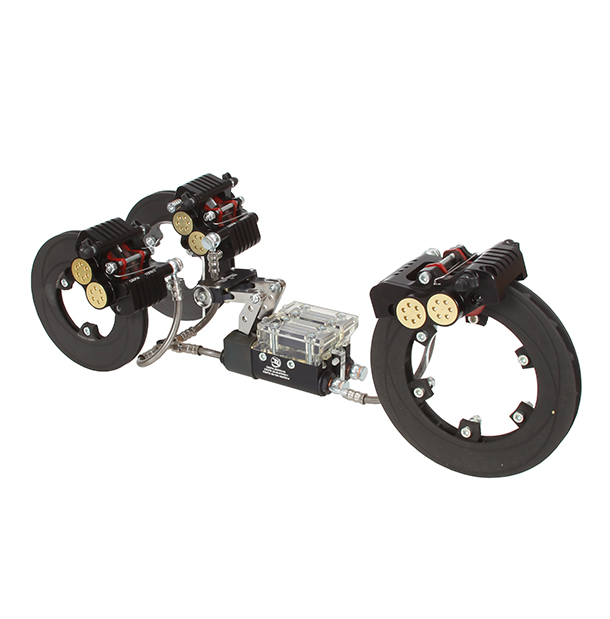Frequent Searches
Frequent Searches

 Exclusive Content
Exclusive Content

 FRONT BRAKE
FRONT BRAKE
The “Speed” brake system is one of Righetti Ridolfi’s signature products. Just think that its first homologation (only for the rear brake) dates all the way back to 2008. In 2011 the homologation was renewed, adding “EVO” to the “Speed 2WP” name. That year the Speed EVO 4 WH was presented as well, complete with front brakes.
The two 2018 homologations are substantially a confirmation of these, with no design modifications and with the extension of the system’s validity for the next three years. A confirmation of how the Righetti Ridolfi product has been particularly successful and valued by the public. Today, the correct names for the systems are: Speed E2 2WP and Speed E2 4WP. The first is dedicated to the non-shifter categories; the second, which calls for front brakes as well, is for the shifters. That aside, the two products are identical.
 FRONT BRAKE
FRONT BRAKE
 FRONT BRAKE
FRONT BRAKE